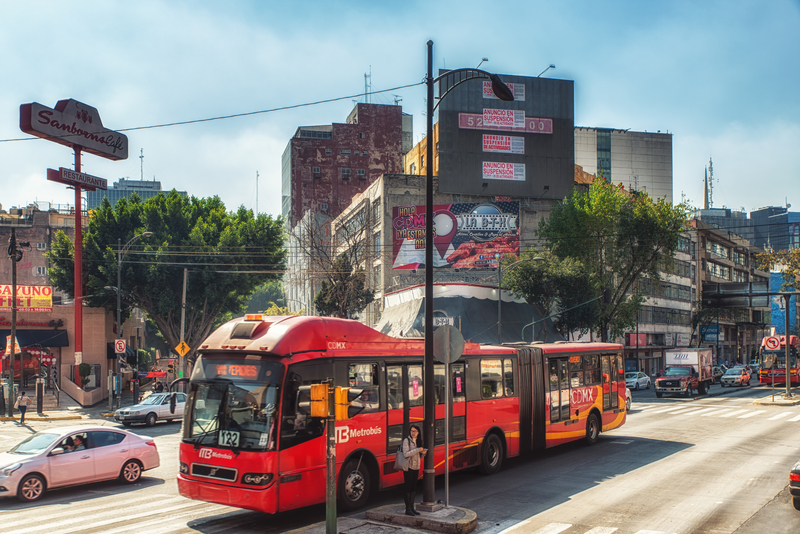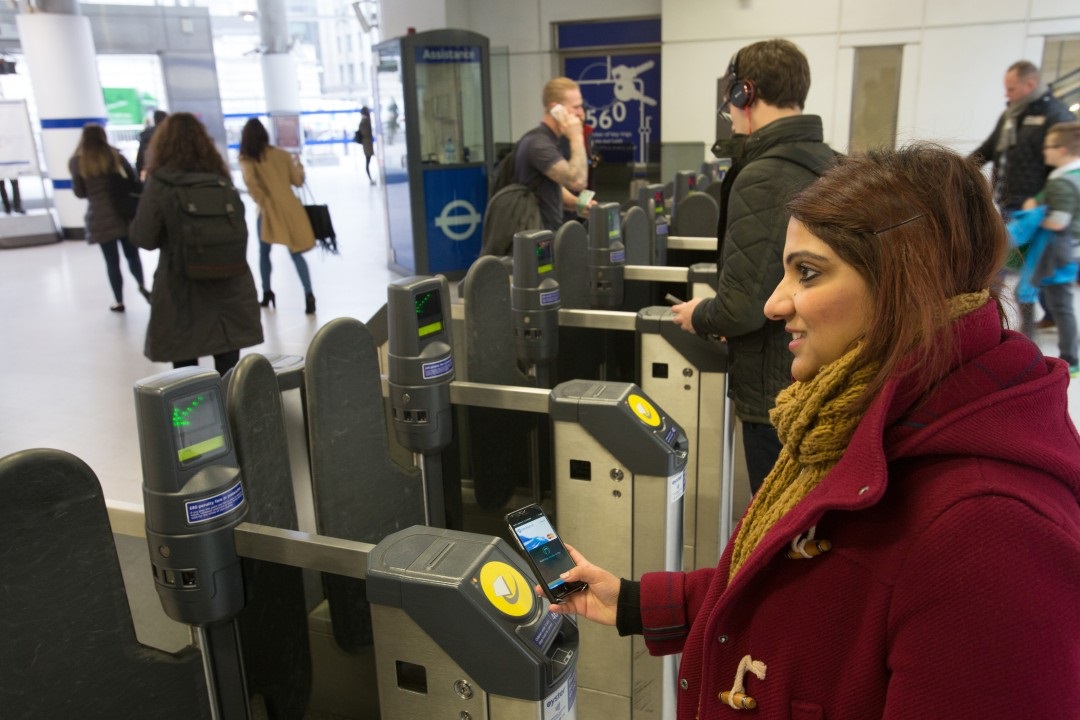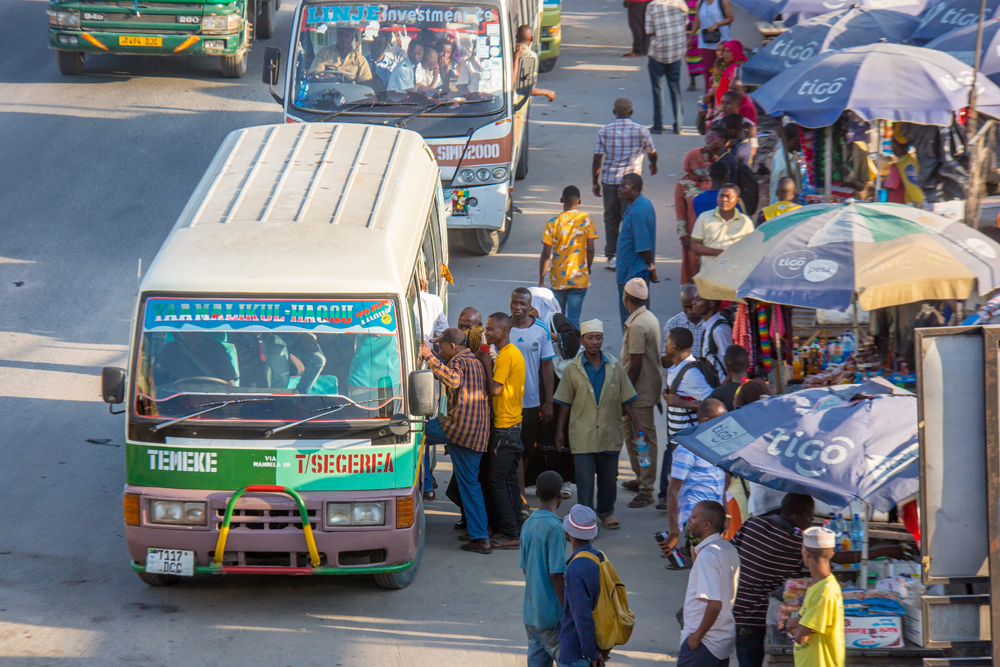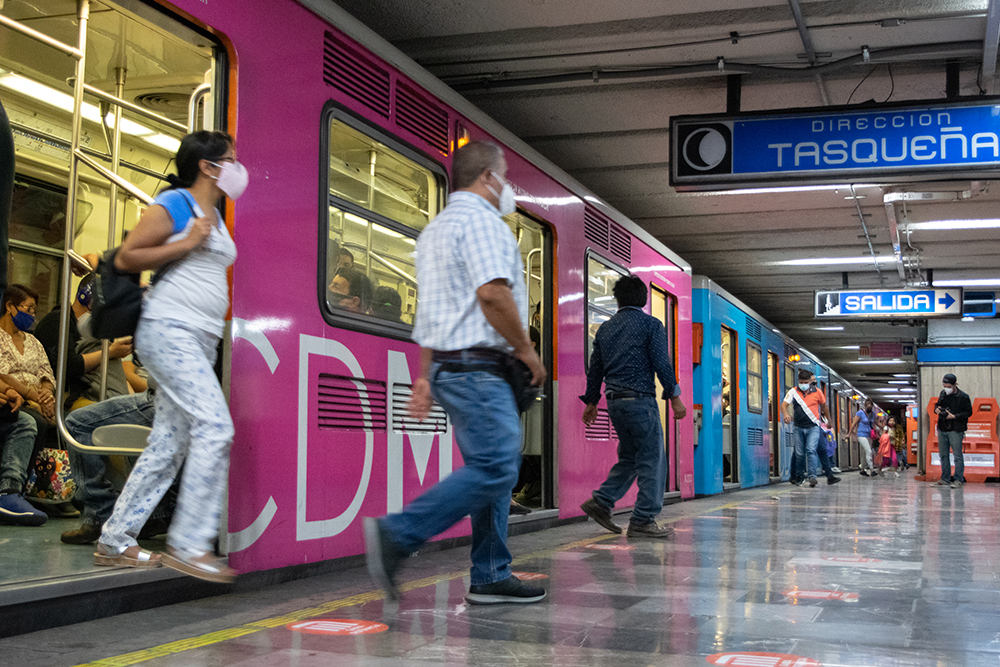
Public transport is not gender neutral. Across the globe, more women use public transport than men, with gender differences in travel patterns seeing women take multiple trips a day for work, childcare, family, and religious reasons. Many women public transport users frequently worry about their safety. Feedback references women’s eagerness to avoid crowded trains, when groping is more likely, or avoiding travelling after sunset, when fears of harassment spike. One in three women experience violence over the course of their lifetimes—a problem affecting every country and every culture on earth.

Yet while safety is a concern for most women, in developing countries, worries around the affordability of public transport can take precedence due to the uncertainty of non-standardised and unregulated fares structures. Public transport access impacts participation in the job market, with The International Labour Organization asserting that “limited access to safe transportation is the greatest challenge to participation that women face in developing countries, reducing their participation probability by 15.5 percentage points”.
Caroline Criado-Perez, author of the best-selling book Invisible Women, noted that “one of the most important things to say about the gender data gap is that it is not generally malicious, or even deliberate. Quite the opposite. It is simply the product of a way of thinking that has been around for millennia and is therefore a kind of not thinking.”1 The World Bank agrees, citing that the gender discussion at the Transforming Transportation 2018 conference was the “first time in the 15-year history of this annual event that a plenary session looked specifically at the gender dimensions of transport”, and went on to state that “transport policies for most countries remain unrelentingly gender-blind”.
Data-driven urban transformation
Slow progress on making transport safer and more responsive to various gender needs is not so much due to the lack of impetus to change things as it is lack of evidence and data on the challenges being faced.
Today, there is simply limited data to suggest just how women experience public transport, and this is especially true for African cities. Wanting to change this, WhereIsMyTransport worked with the Transforming Urban Mobility Initiative (Tumi) to instigate one of Africa’s first systematic gender-sensitive data collection efforts. The study focused on Nairobi (Kenya), Lagos (Nigeria), and Gauteng (South Africa). The research team spent five months collaborating with local researchers to conduct a variety of data collection activities: surveys, focus-group discussions, ride-alongs, and journey and empathy map workshops.

Leonie Guskowski from the Deutsche Gesellschaft für Internationale Zusammenarbeit (Giz) says: “Tumi is supporting cities around the world to build this accurate database by developing replicable methodologies for gender-sensitive mobility data collection, together with partners such as WhereIsMyTransport. Creating a gender-sensitive database on mobility needs will enable African cities to mainstream a new type of evidence in decision-making and to create more inclusive urban hubs”.
While data surrounding gender-sensitive public transport use in Africa had been limited until the Tumi and WhereIsMyTransport project, some general statistics stood out. In Nairobi, one 2018 statistic recorded that 88% of male and female commuters had witnessed gender-based harassment.
The new study identifies various trends across the three cities and steers the conversation away from women as one homogenous group, instead looking at age, occupation and socioeconomic status to gain deeper insights.
Adapting to a culture of harassment
WhereIsMyTransport and Tumi’s data points to a difference in the way women talk about sexual harassment on public transport. Younger women are more likely to speak up about their experiences, while older women – perhaps weary and used to such incidents – are less likely to report them.
Our data also shows that women use a variety of coping and posturing strategies to fend off uncomfortable, threatening, or violent situations. Some wear baggy clothing to attract less attention. Some prepare the exact fare for the trip in advance, to make the transaction with drivers as short and as discreet as possible. Some stay silent. Some travel in pairs. Some scan the inside of the vehicle – the other passengers – before boarding. All have to consider safety and accessibility as a priority when taking public transport. Women continue to go to great lengths to avoid unwanted interactions with men. And despite safety concerns, women note that affordability sometimes takes precedence – they have to travel on modes they consider less safe because it is a question of economics.
Reasons to travel
In all three regions studied – Nairobi, Lagos, and Gauteng – women mostly used public transport for the purpose of travelling to and from work. The data show that levels of income influence how women travel. Some of the wealthier women, such as working professionals, were found to rely more on ride-hailing services. In Gauteng this means using on-demand services such as Uber and Bolt, or more expensive forms of formal transport such as the high-speed express commuter rail system, the Gautrain. In Lagos, while some women rely on ride-hailing, others express a desire to one day own a car. In Nairobi, higher earners actively avoid modes that come with negative social stigma – such as matatus, privately owned minibuses.
On the other hand, lower income women (such as informal traders) were reliant upon informal minibus transportation. This was because formal transport modes – city-run modes such as the bus or the train – were too expensive or did not allow for them to carry their trade packages. Interestingly, formal modes aren’t necessarily perceived as safer either – the BRT (bus rapid transit system) in Lagos was felt to be potentially dangerous, for example.
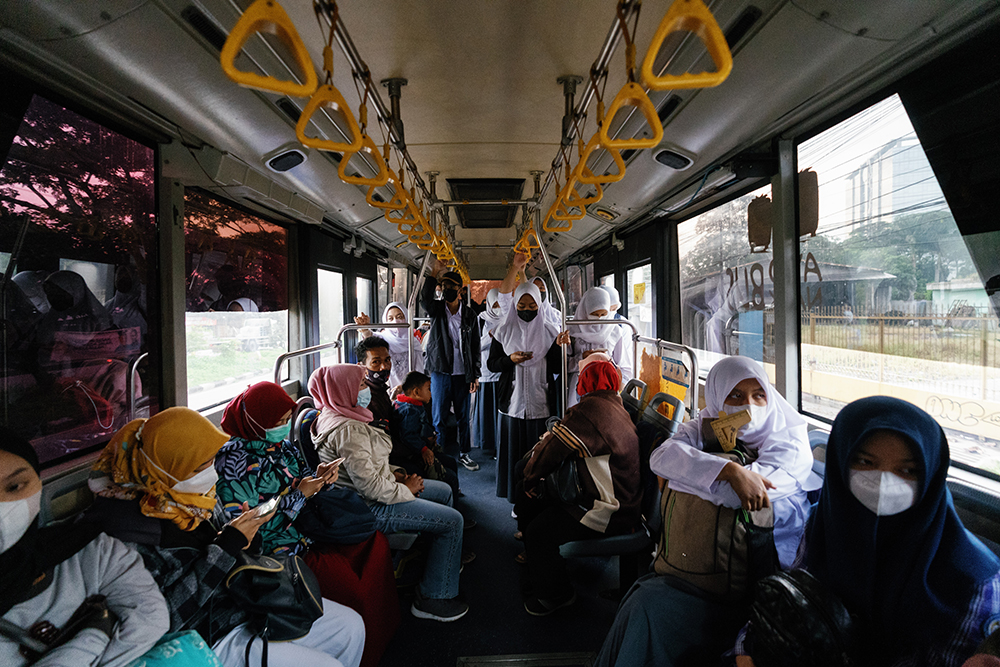
Women also rely on public transport for caregiving activities, from looking after older or sick relatives to doing the daily shop, household maintenance, or running errands and escorting children to school and other appointments. Data continues to show that as with the rest of the world, unpaid care work in Africa is largely shouldered by women. WhereIsMyTransport and Tumi found that while conducting research, the act of travelling with children came up a lot. Women fear for their children travelling alone. They are also concerned about men’s behaviour when they travel with children. Generally, the fear of harassment and assault clouds their experience, making the exhausting task of caregiving even more burdensome.
Good transport infrastructure plays a part too
While gender-based harassment and assault is one substantial reason women dislike travelling on public transport, overall road safety plays a role too. In Gauteng, unroadworthy minibus taxis cause frequent accidents and some research participants described drivers as a cause of concern, being reckless, aggressive, or violent. One woman noted that, “today I saw the taxi driver busy drinking beer when I was already in the taxi”. Others noted poor infrastructure as a common challenge experienced when using public transport. Taking a minibus taxi is a risk in a city whose residents publicly decry the poor state of its roads. One recent study demonstrated that poor road infrastructure can mean dangers for women in other ways: The time it takes for a pregnant woman to get to hospital in Lagos, one of the most congested cities in the world, can lead to life or death situations.
Data powering change
In 1999, Viennese officials asked residents in the city's ninth district about their public transport use. "Most of the men filled out the questionnaire in less than five minutes", says one of the city administrators, Ursula Bauer, "but the women couldn't stop writing”. It was the very first time public transport gender dynamics had been considered and Vienna’s urban planners used this input to improve women’s experiences in the city. And women responded with enthusiasm, suggesting areas of improvement and possible solutions for public transport. In 2019, Vienna was voted as the world’s sixth safest city as part of Mercer’s annual study, and the city’s commitment to improving women’s safety must be seen to play a role in this ranking.
Across the world, there is room for greater female participation when designing and improving urban areas, helping to create more inclusive cities. Through listening to the lived experiences of women who use public transport, we hear stories of connection, and stories of disconnection. Public transport connects women to the opportunities and services they value while, at the same time, placing them in potential danger. Our ambition is that this research will lead to a greater understanding of women's diverse experiences and shared pains, ultimately fuelling positive change in cities.
- Caroline Criado-Perez, Invisible Women: Data Bias in a World Designed for Men, Abrams Press, 2019



